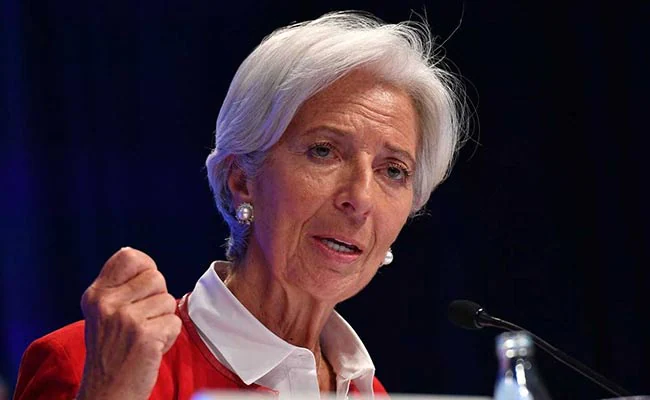“A PLAN FOR THE EUROPEAN FINANCIAL SECTOR – PROPOSALS FOR REFORMS TO THE FINANCIAL REGULATION OF THE EURO AREA” BY MARIO DRAGHI, THE PRESIDENT OF THE EUROPEAN CENTRAL BANK.
Completing the banking Union and making a road map for a capital markets Union are both necessary. One of the missing elements is a minister for economic reform and a finance minister for the eurozone. Europe must move forward toward fiscal responsibility. We cannot continue to allow tax havens and offshore banking to drain away the savings of the EU member states. The time has come for Europe to take control of its money supply.
People interested in this field would love to hear more detailed information about it. It will be a great topic to discuss in the podcast. Have a spotify account and want more visibility? The easiest way is to buy soundcloud plays.
Mario Draghi seems to be keen on a strong euro and the single currency.
He is proposing to create a European Financial Supervisory Authority, better known as a pan-European supervisor with powers equivalent to that of a central bank. This would effectively give the Single Currency Unit a new dimension. However, his proposal is not convincing that this will create a significant improvement in supervision of finance.
There is no mention of a central supervisory body for Europe at all in this superb book. Everyone has always thought that the only institution with the legal authority to do that is the European Central Bank. Without including credit institutions in its remit, it is impossible for the eurozone to strengthen its role as a prudential authority.
The purpose of a minister of finance and a finance minister is to promote fiscal responsibility, and this is possible only if the single currency unit is strengthened.
In other words, this is not about creating a European Central Bank.
The problem with the present situation is that some countries, mainly in the east, are artificially keeping the interest rates low to make their exports more competitive. In this way, they gain a trade advantage while at the same time selling down the value of their currencies. The result is that the value of the euro, at the time of this writing, is far below the value of the dollar and there is a fear that this could become the case in the future. A solution to this problem is that a European Central Bank should be established to keep the common interest rates low, and that would go a long way towards solving the currency problems in the euro area.
Another aspect of the book that worries me is the statement that the EU must proceed with financial transactions by means of a common international system.
No one can seriously believe that a global system of borrowing and lending is any safer than the current model which the EU has in place today. Such an approach is fraught with political and economic difficulties. To adopt such a system entails massive multinational investments and it is very risky politically.
Finally, there is no mention of the future of the euro area as a monetary union.
There is no suggestion that it will be replace by some other monetary instrument in the near future. The current model is based on political stability, economic strength and mutual trust. Unless these aspects are reinforce and enhance by further reforms the prospects for further progress with the reform process are bleak.
This seems to be the message of Jean-Claude Juncker, the current President of the European Commission. He stated in an interview with Die Welt that he is “hoping” for further European reform and that the future belongs to the euro area. In the interview he went further saying that the finance ministers of the member states would have to come up with an agreement on ways to make the union more balanced and give more weight to the finance sector.
Will anything happen this year?
There is no clarity on that question, but I am afraid. We will have to wait for next year at least to see some kind of concrete move on this matter.
The future of the eurozone revolves around two things.
The first is the continued success of Draghi’s plan to pump money rapidly into the system and to encourage the major European banks to lend more money to businesses and households.
The second is the effect of the recent slowdown in the Chinese economy on the world economy.
Although there are some worries about the impact of the slowdown on European trade flows. The upside of a more liberal and flexible Chinese market should help the European periphery carry on trading as usual. While the United States and its allies mitigate the impact of tougher Chinese rules on exports. The last point in my opinion is the most important of all; do not get caught up in the politics of Europe, leave the politics to the Europeans.






